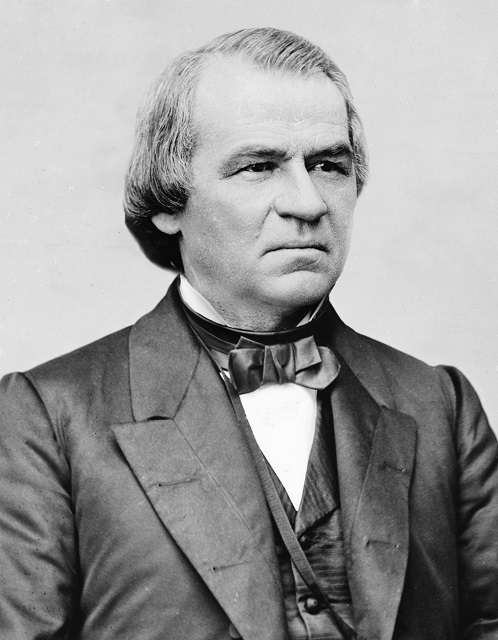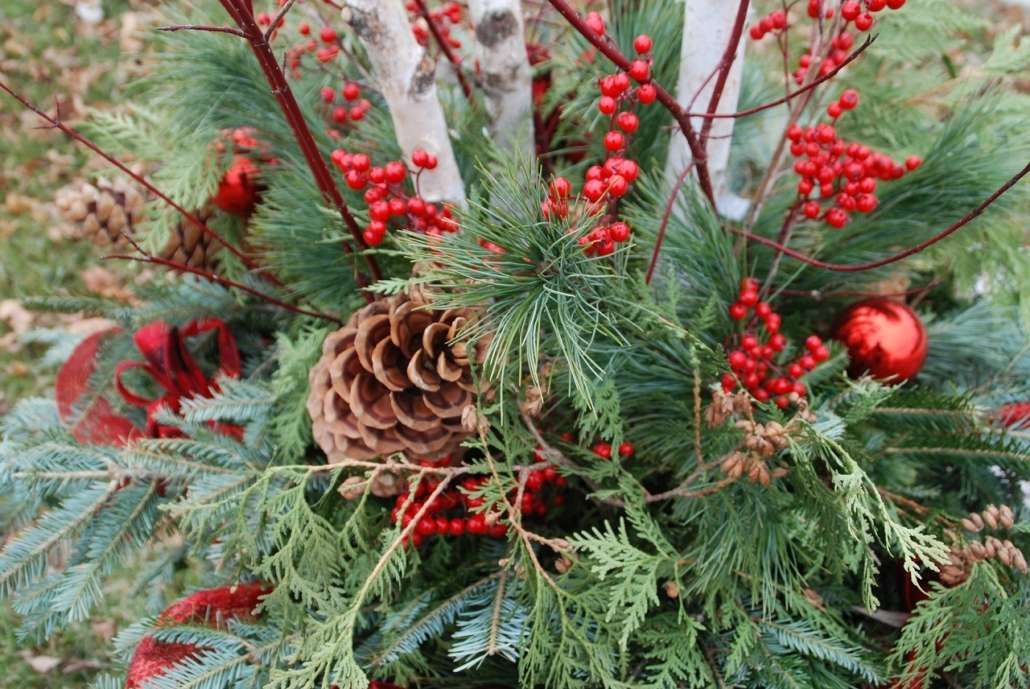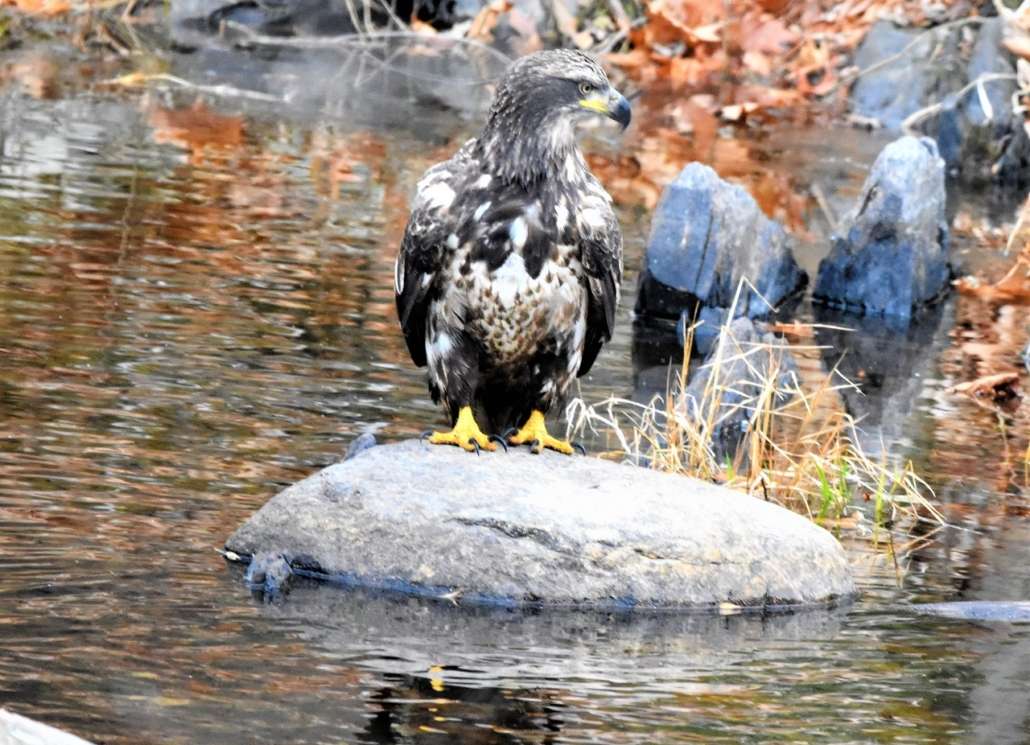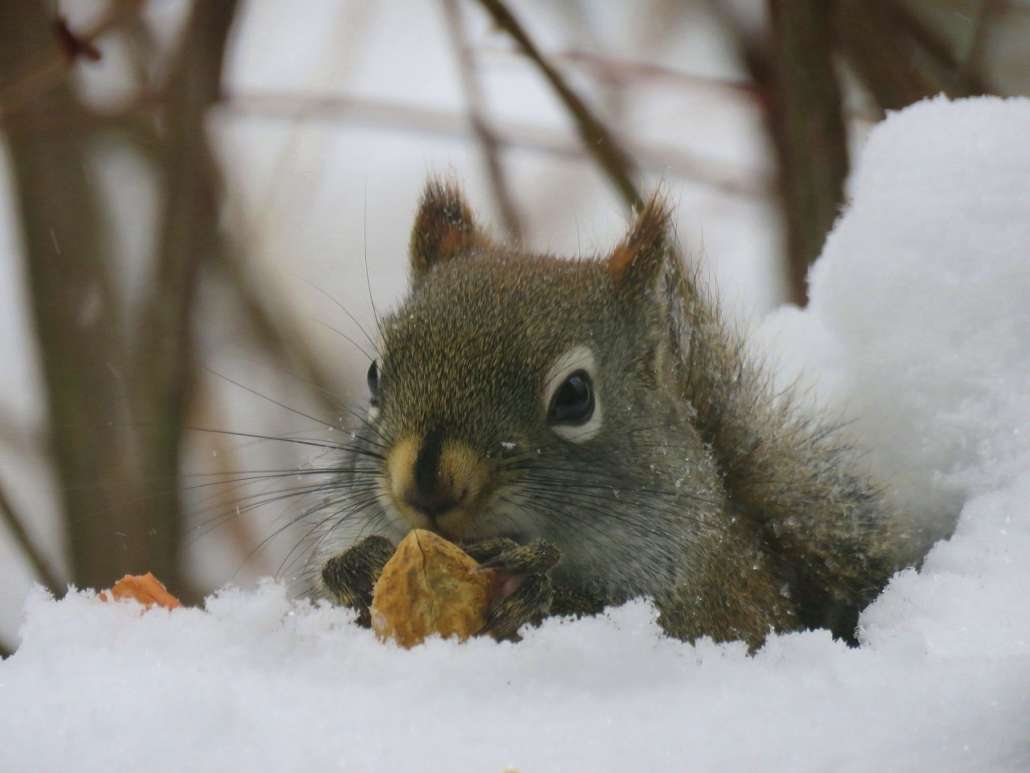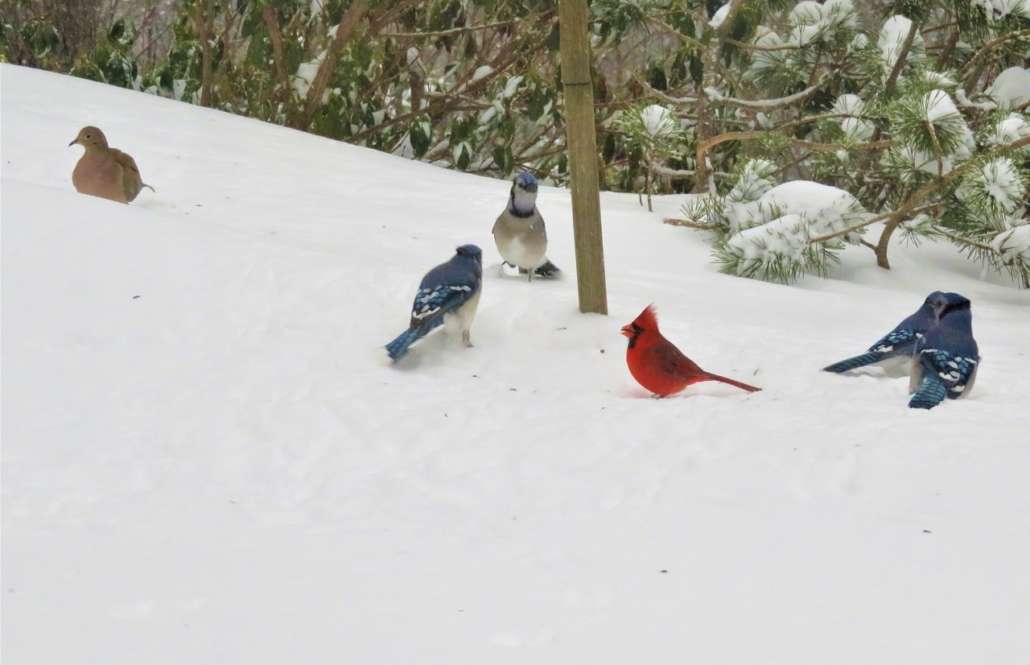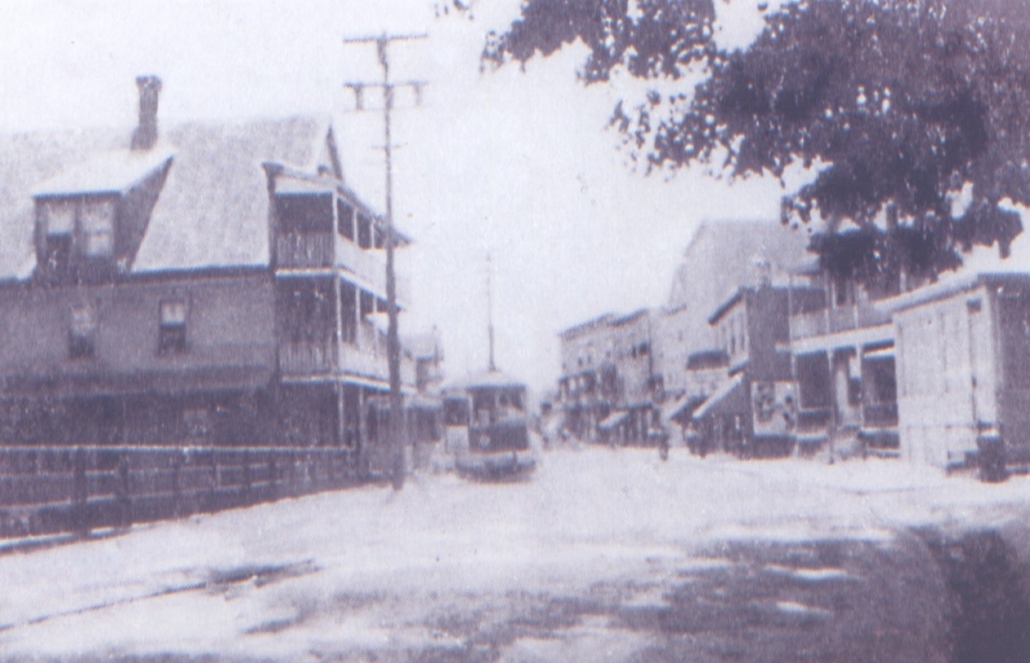
Water St., Waterville, The Plains, circa 1930. Note the trolley in the center of the photo. The trolley ceased operations on October 10, 1937. Many of the buildings in this photo are no longer there. (photo courtesy of Roland Hallee)
One of the things about growing up on The Plains in the 1950s and ‘60s, is all the wonderful things you can pass down to your children and grandchildren. Granted, they look at you kind of funny when you tell these tales, because they are not sure if you are telling the truth or trying to put one over on them.
You have to admit, times are different, and sometimes they can’t believe how life was back then.
For instance, all those “mother-isms” and wives tales that were brought down from Canada, which they grew up believing.
OK, so let’s take a look at some of them.
Growing up the third born of four boys, I got a lot of hand-me-downs from my two older brothers. When the oldest outgrew the clothes, they were handed down, cleaned and mended when needed. I can’t tell you how many pairs of pants I wore that contained patches, and mended holes. This is where I get strange looks from my grandchildren. Our mother would actually darn the holes in our socks. Today, they just throw them out and buy new ones, if they wear socks at all.
When you reached a certain height and your pant legs were now above your ankles, those pants were referred to as being “high water pants”. Meaning, of course, that should there be a flood or “high water”, your pants wouldn’t get wet.
Here are two others, usually during the winter:
Being busy with snow shoveling, building snow forts, or taking care of our backyard ice rink, we often went storming out of the house without closing the door behind us. That’s when our mother would yell, “close the door, we are not heating the outside!” But, you had to be careful. Once, in my haste for time, I went back and slammed the door behind me, breaking the glass in the process. That cost me $1.50 out of my hard-earned money from my paper route, plus a walk to the hardware store, Waterville Hardware and Plumbing, on Main St., to replace the window. It was a cold night and the wind was blowing. I was always gentle closing the door after that.
A second one was when you came back into the house, cold and shivering, and in a hurry to huddle around the wood stove. You would, again, leave the door open behind you. Thence came the call, “close the door, we don’t live in a barn!” So, we went back and closed the door, gently.
This next one is a good one. I’ve told it to a lot of people, and no one, to this day, has ever heard it before. Our mother was a self-proclaimed meteorologist.
She would get up early in the morning, and begin to get breakfast for us before taking on the task of waking us and getting us ready to deliver our paper route. On the third day of every month, she would proclaim – whatever the weather – that whatever the weather is on the third day of the month, was going to be the prevailing weather for that month. Over the last six decades plus, I have meant to keep track of that, but by the time the end of the month comes around, I have forgotten what the weather was on the third day. An inexact science that I have been unable to prove.
Speaking of the weather, here is another:
We would get up, usually it was still dark, and we would get dressed without turning on a light. Then, we’d go downstairs. If your shirt wasn’t buttoned properly – like the buttons were in the wrong button holes – our mother would exclaim, “What are you trying to do, change the weather?” That usually came when we had experienced a recent spell of nice weather. I guess it was an old wives tale, but it’s another one I haven’t been able to prove.
I’m sure there are others, but these were the ones that I remember, and actually, still use to this day, to some degree, much to the amusement of my grandchildren. Thankfully, my great-grandchildren are too young to indoctrinate them. That will come later.
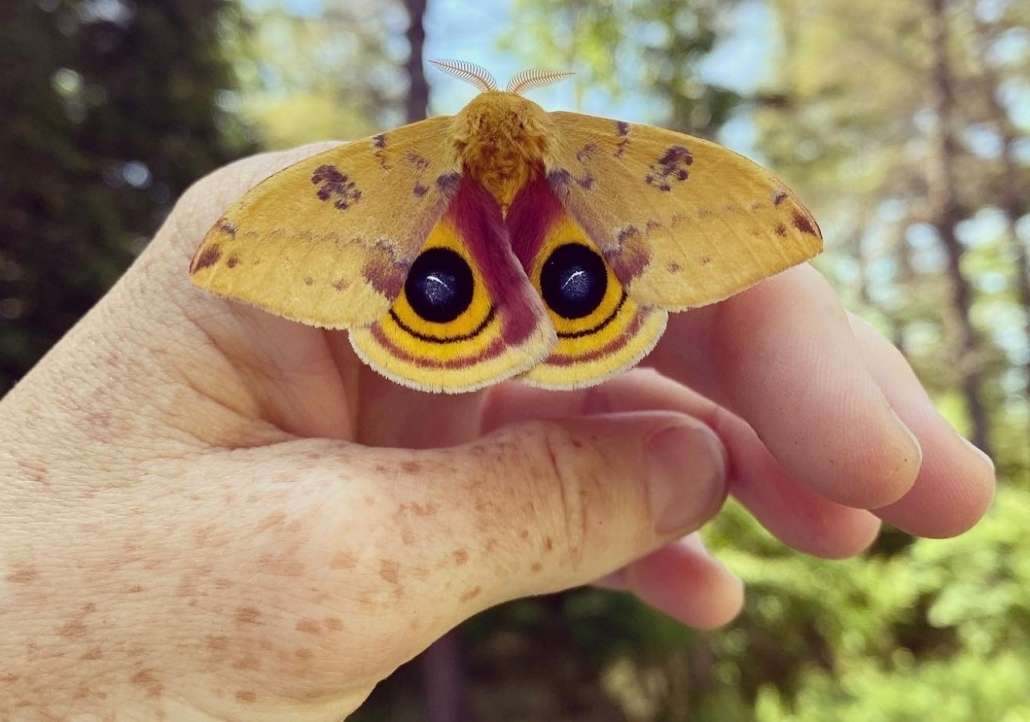


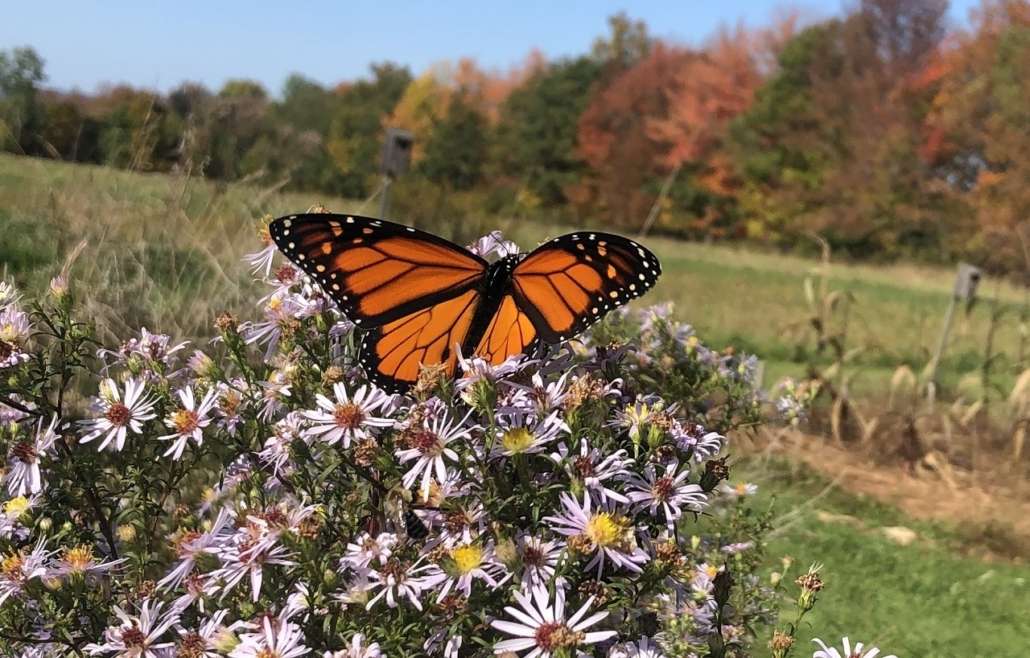
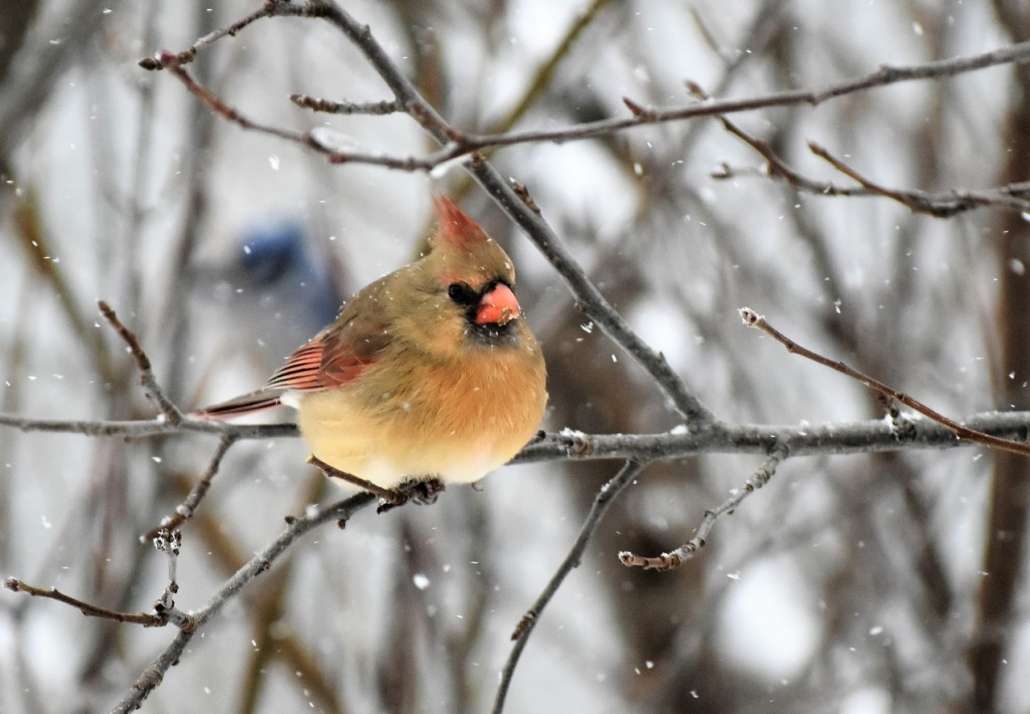
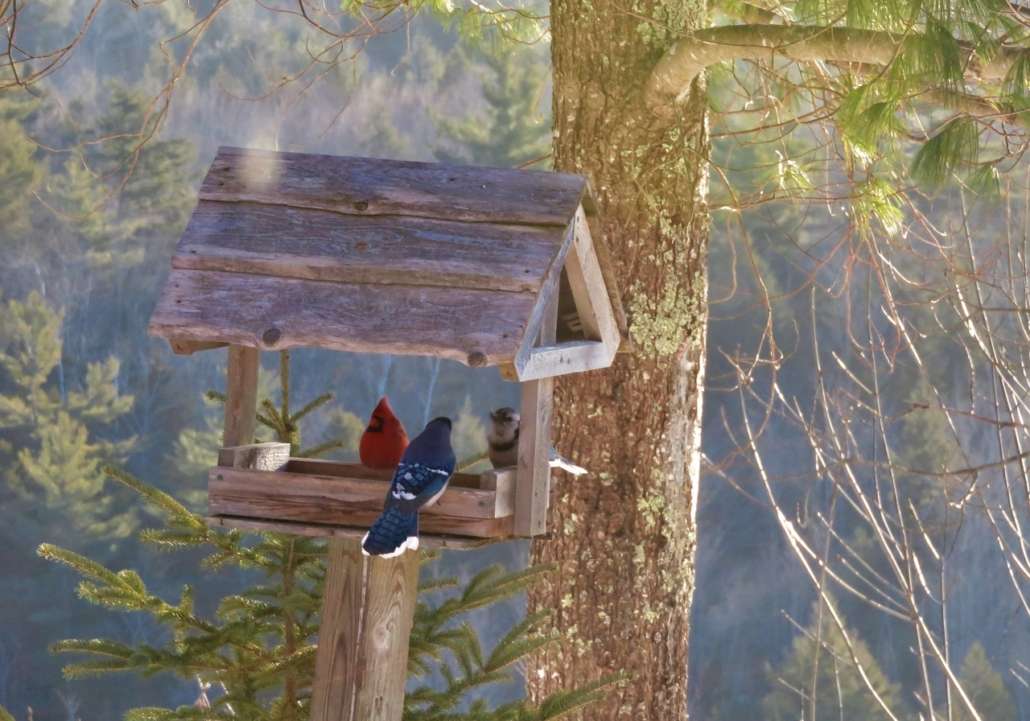
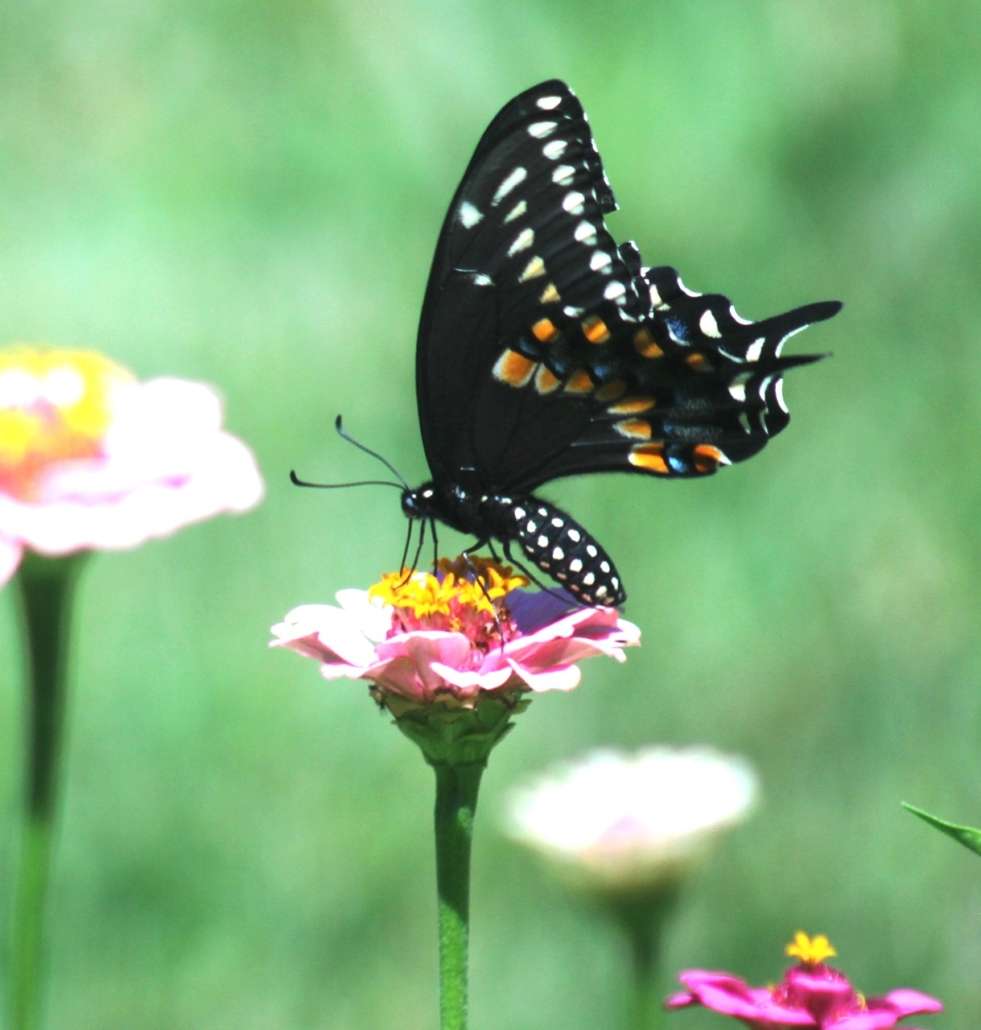







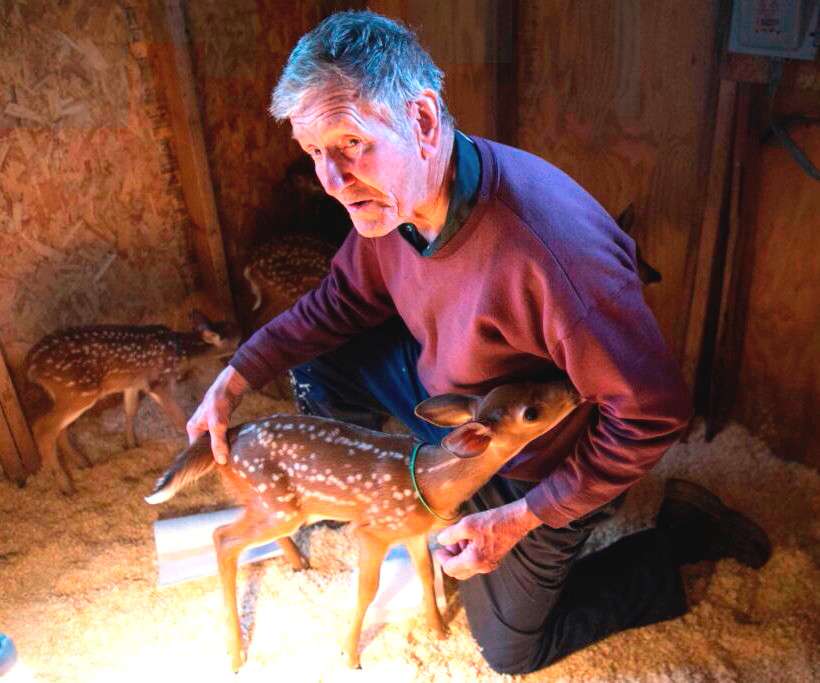

 Working with a team of health care professionals can help you get the diabetes care you need to improve your health.
Working with a team of health care professionals can help you get the diabetes care you need to improve your health.
